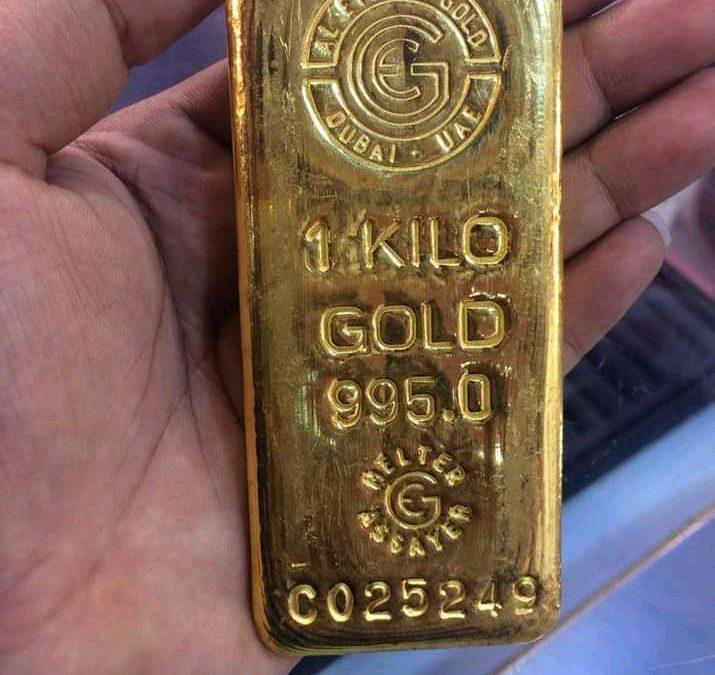What is gold?
Gold is a chemical element. In a pure form it is a bright, slightly orange yellow, dense, soft, malleable, and ductile matter.
Chemical Properties and Symbol of Gold.
The symbol of gold is Au (from Latin: aurum) and atomic number 79. It is one of the higher atomic number elements that occur naturally.
History.
In the early civilization, metals recorded by humans appeared to be gold, which can be found free or native. Small amount of natural gold has been found in Spanish during the late period 40,000 BC.
Gold artifacts probably made their first appearance in ancient Egypt. The oldest known gold mine map was drawn in the 19th dynasty of ancient Egypt.
Description.
Gold is resistant to most acids, though it dissolves in aqua regia which is a mixture of nitric acid and hydrochloric acid.
It is insoluble in nitric acid, which dissolves silver and base metals.
It also dissolves in alkaline solutions of cyanide, which are used in mining and electroplating. It dissolves in mercury forming amalgam alloys.
Classification and Specification in periodic table.
Gold is metallic yellow in its appearance with a standard atomic weight 196.966 570(4).
Atomic number(Z)- 79
Group- 11
Period- 6
Block-d
Electron configuration- [Xe] 4f14 5d10 6s1
Melting point – 1337.33 k
Boiling point – 3243 k
Density – 19.30 g/cm3
Gold and the Nature.
It is widely distributing on the earth at a background level of 0.03 g/1000 kg. It is found free in nature and associated with quartz, pyrite and other minerals.
Importance of Gold.
A relatively rare and precious metal gold, that has been used for coinage, jewelry and other throughout the history. Jewelry consumes around 75% of all gold produced.
It has high malleability, ductility, resistance to corrosion etc. As a result, it is used in corrosion resistance electrical connectors in all types of computerized devices.
Colloidal gold is added to glass to color it red or purple. Again metallic gold is used as a thin film on the windows of large building to reflect the heat of the sun’s ray.
It is also used in infrared shielding, leafing and tooth restoration.
It is used in coinage and is a standard for monetary systems in many countries.
Effects of it on health.
Inhalation of gold may cause irritation if exposure is prolonged or excessive. Again, it may cause irritation and allergic reaction in human skin.
Frequently Asked question (FAQ).
1. What is gold?
Answer: It is a chemical element. In a pure form it is a bright, slightly orange yellow, dense, soft, malleable, and ductile matter.
2. Why the atomic symbol of gold is Au?
Answer: It’s chemical symbol is Au, that stands for aurum in Latin. It yellowish luster makes it attractive for jewelry uses.
3. When was gold discovered?
Answer: It was discovered on January 24, 1848 by James w. Marshall on the property of Johann A. Sutter near Coloma, California.
How much you learn? Drop a comment. Don’t forget to share with your friend. Stay with us. We give most priority on our visitor. Comment us, next post will be what? If you are new you can visit our another post.

